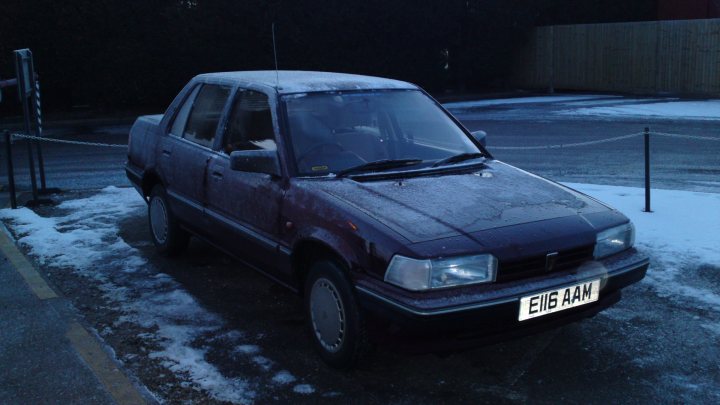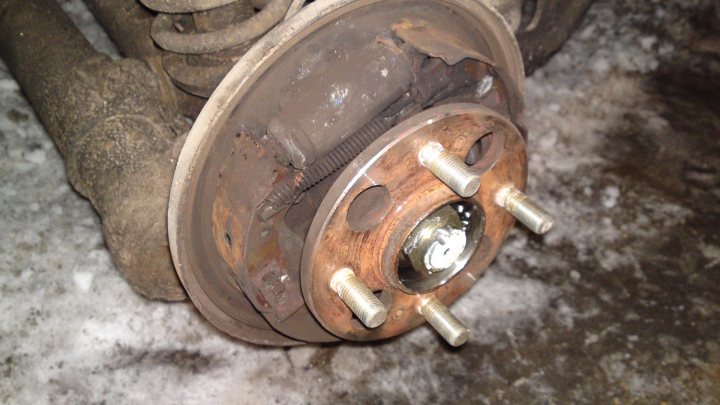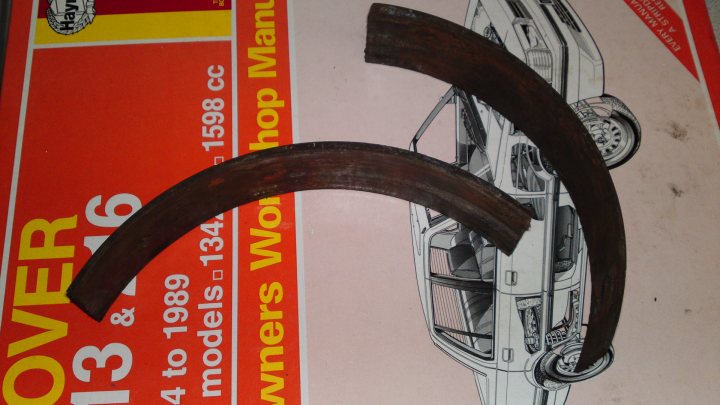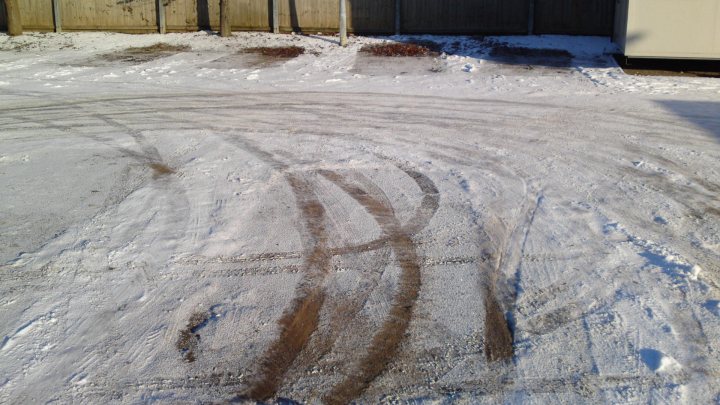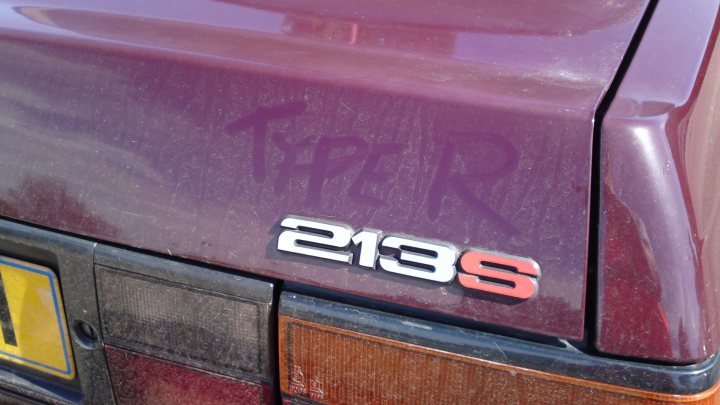Recently there have been a few questions about driving techniques, use of handbrake, parking in gear, clutch control, etc. The sort of stuff that might be expected to be understood while learning, but appears to raise questions in thinking drivers later. Perhaps missed during learning, or not fully understood.
It is good that these questions are asked, despite experienced drivers being surprised at them. It is good that people wish to learn and be a better driver.
So ask away. There's no such thing as a silly question. (Might regret that later)
Hopefully everything can be explained without having to draw diagrams!
It is good that these questions are asked, despite experienced drivers being surprised at them. It is good that people wish to learn and be a better driver.
So ask away. There's no such thing as a silly question. (Might regret that later)
Hopefully everything can be explained without having to draw diagrams!


